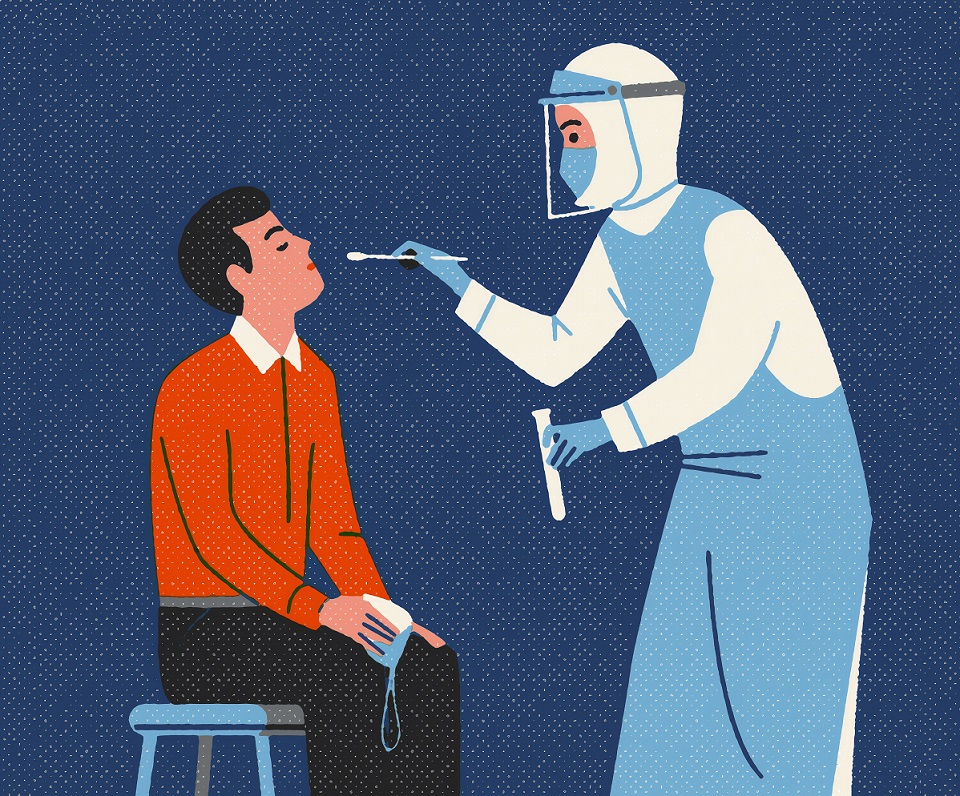Considering the pandemic going on, the terms ‘Coronavirus’ and ‘COVID-19’ are nothing unknown to anyone, these are the terms we are most familiar to and have become a part of our daily lifestyle. This outbreak has resulted in numerous rumors and misinformation regarding the vaccine development, testing, handling of Corona positive patients doing the rounds and it’s quite natural to be in a dilemma state and get confused. In such a situation, have you ever wondered how is the COVID-19 actually done (if you haven’t still undergone the test)?
In case you start to feel having symptoms similar to the common coronavirus, you should immediately go for testing in your nearby hospitals, healthcare departments, or maybe in some labs specifically designed for this testing.
There are various types of tests done to detect coronavirus in your body, they are mentioned below:
Swab test– This is the most widely performed test done for finding the presence of coronavirus which involves the insertion of the long 6-inch swab into the nasopharyngeal cavity between the nose and the mouth for approximately 15 seconds for each nostril and then rotating it several times to ensure there is enough material collected. The material is then sent to the lab for further testing.
Nasal aspirate- A sample is collected by light suction pull after injecting a saline solution into the nostrils from the back of the nose. It is then sent to labs where the sample is further grown.
Sputum test- Sputum is a thick substance produced by your lungs when there is an infection in your respiratory tract. In this test, you just have to cough deeply to pull out the sputum present in your lungs which is then collected and sent for testing.
Tracheal aspirate- A bronchoscope is used in this case, which is a thin tube along with a torch. This tube is put into your lungs through your mouth from where the sample is taken (even the idea of this may choke you!).
Blood test- This is a test everyone is familiar with where a sample of blood is extracted from a vein of your arm and then the upcoming tests are performed to detect the presence of the desired substances.
Antigen detection rapid diagnostic tests- It includes taking samples from the throat, lungs and nose. RDT detects any viral protein that may be present in the respiratory tract related to coronavirus. This diagnosis is CDC- approved and is considered accurate.
Host antibody detection rapid diagnostic tests- It detects the response of antibodies in the blood of patients which depends majorly on various factors including the severity of the disease, age, infection etc. You may be asked to wear a mask while performing this test.
Now that you know how each of the tests is done, don’t hesitate to perform your test if you feel the slightest of the symptoms. Having a light fever, cough, cold, headache are enough reasons for definitely going for a test! Try to stay safe and healthy yourself and keep others also safe and healthy!


















